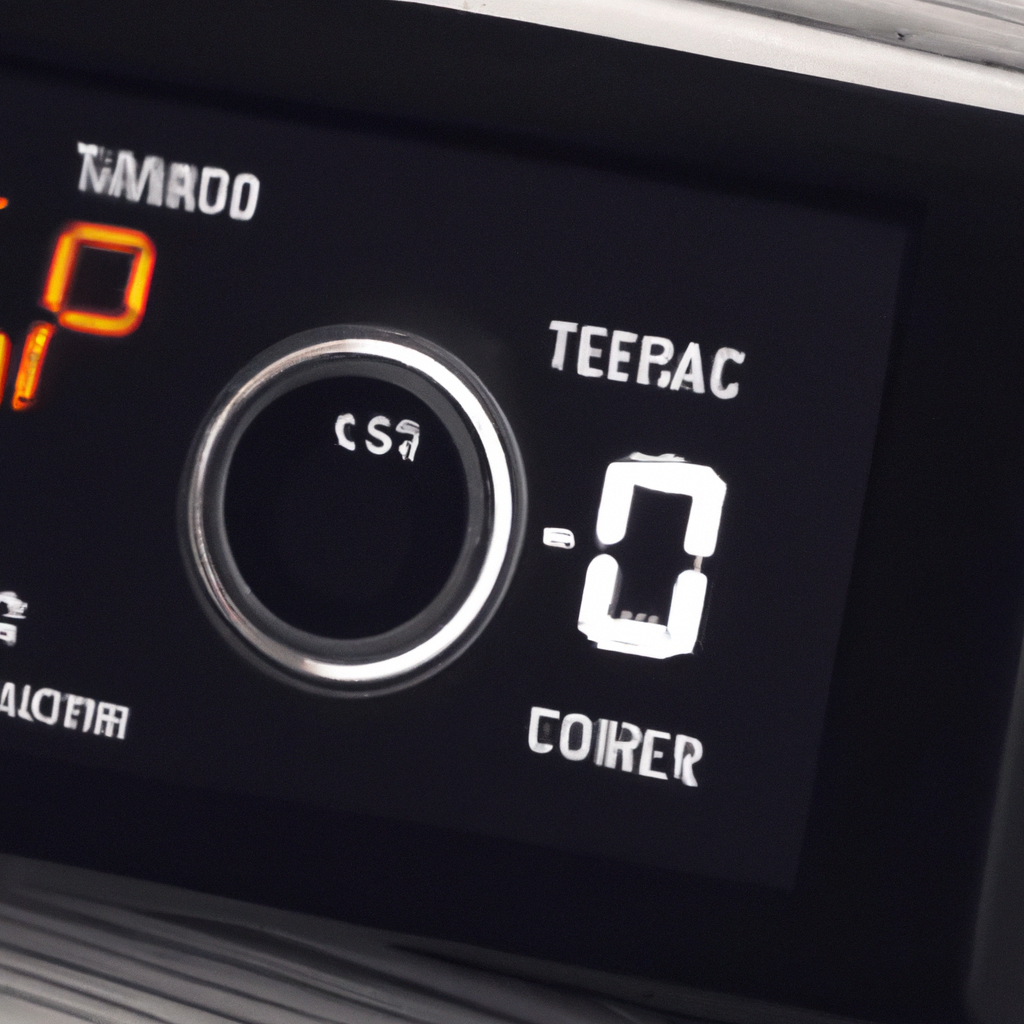Digital thermostats are incredibly prevalent in homes and buildings, especially in the era of smart home technology. These devices are designed to regulate temperature, ensuring that the environment remains comfortable and energy-efficient. But how exactly does a digital thermostat regulate temperature? In this article, we will explore the mechanics behind temperature control, the benefits of smart thermostats, and the ways in which programmable thermostats can help homeowners save money on their HVAC system.
The Mechanics of Temperature Control
In order to understand how digital thermostats regulate temperature, it’s important to first understand the mechanics of temperature control. Temperature control involves two primary components: a temperature sensor and a controller. The temperature sensor measures the current temperature of the environment and sends that information to the controller. The controller then compares the current temperature to the desired temperature and makes adjustments to the HVAC system as needed to achieve the desired temperature.
How Digital Thermostats Work
Digital thermostats use electronic temperature sensors to measure the temperature of the environment. These sensors are incredibly accurate and can detect even small changes in temperature. Once the temperature is measured, the digital thermostat uses software to compare that temperature to the desired temperature and make adjustments to the HVAC system as needed.
One of the primary benefits of digital thermostats is their accuracy. Unlike traditional thermostats, which rely on mercury switches to turn the HVAC system on and off, digital thermostats can measure temperature to within a fraction of a degree. This means that they can maintain a much more consistent temperature in the environment, which can lead to increased comfort and energy efficiency.
Smart Home Technology
Many digital thermostats are now equipped with smart home technology, which allows homeowners to control their HVAC system remotely using their smartphone or other internet-connected device. With smart home technology, homeowners can adjust the temperature of their home from anywhere, at any time. This can be incredibly convenient, especially for those who spend a lot of time away from home or who have irregular schedules.
In addition to remote control, smart thermostats often include features like learning algorithms, which can learn the homeowner’s temperature preferences over time and automatically adjust the temperature accordingly. This can lead to increased energy efficiency and lower utility bills.
Energy Efficiency
One of the primary benefits of digital thermostats is their ability to improve energy efficiency. By maintaining a consistent temperature, digital thermostats can reduce the amount of energy required to heat or cool the environment. Additionally, many digital thermostats include features like programmable schedules, which allow homeowners to set the temperature to different levels at different times of the day. This can be especially beneficial for those who are away from home during the day, as they can set the temperature to a lower level while they are gone and have it automatically adjust back to a comfortable level before they return.
Programmable Thermostats
Another type of digital thermostat is the programmable thermostat. These devices allow homeowners to set a schedule for their HVAC system, which can lead to increased energy efficiency and lower utility bills. For example, a homeowner might set the temperature to a lower level while they are at work during the day, and have it automatically adjust back to a comfortable level before they return home. This can significantly reduce the amount of energy required to heat or cool the environment, leading to lower bills and a smaller environmental footprint.
Conclusion
Digital thermostats are an essential component of modern HVAC systems. These devices use electronic temperature sensors and smart home technology to regulate temperature, maintain a consistent environment, and improve energy efficiency. Whether you choose a smart thermostat or a programmable thermostat, it’s important to ensure that it is properly installed and calibrated to ensure optimal performance. With the right digital thermostat, homeowners can enjoy increased comfort, reduced energy bills, and a smaller environmental footprint.







